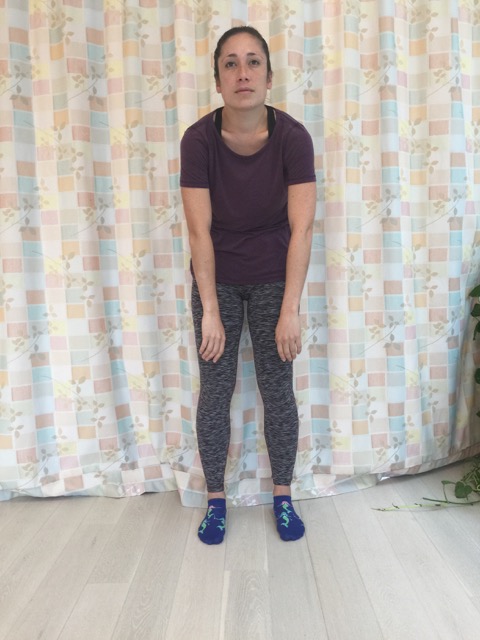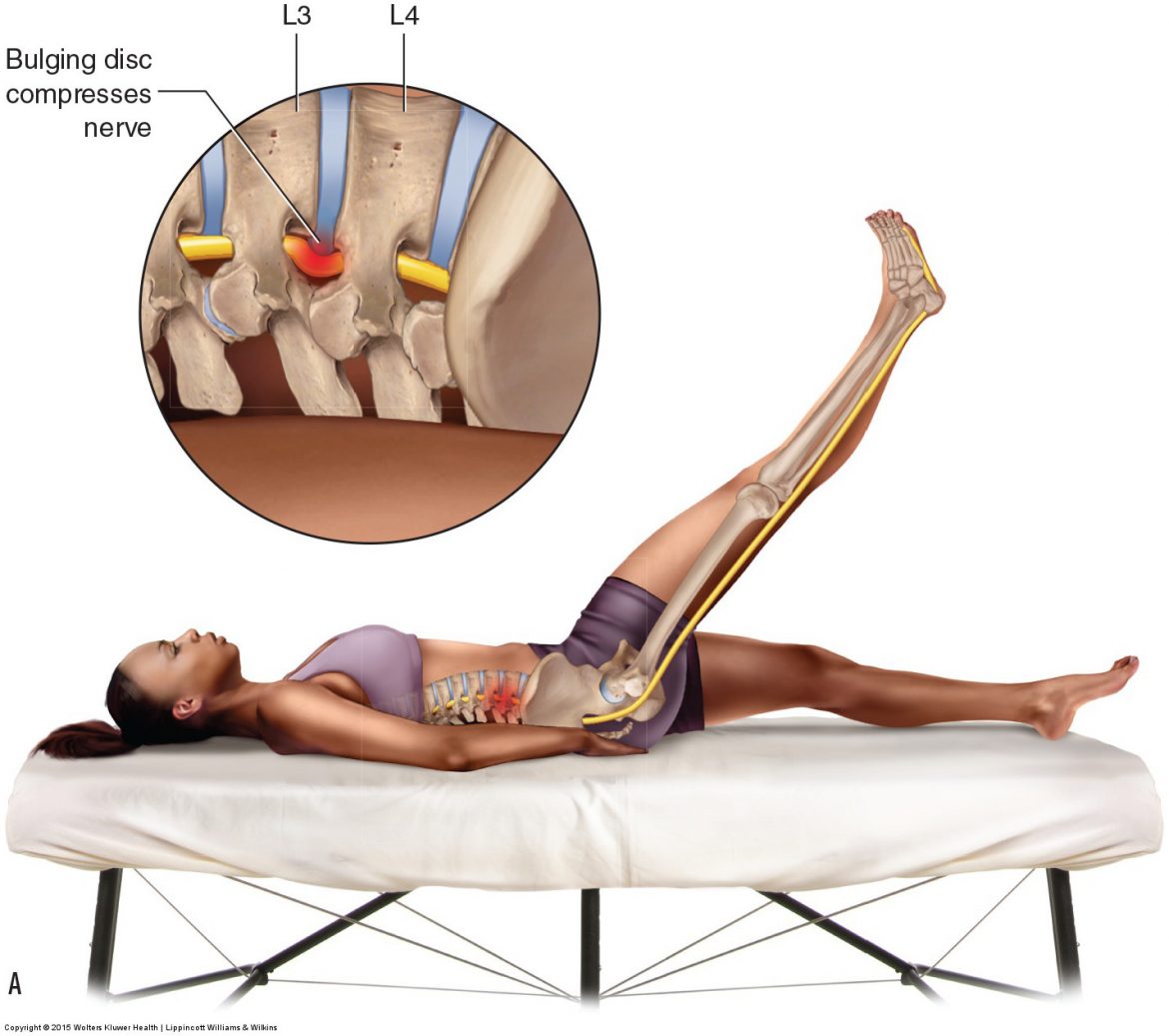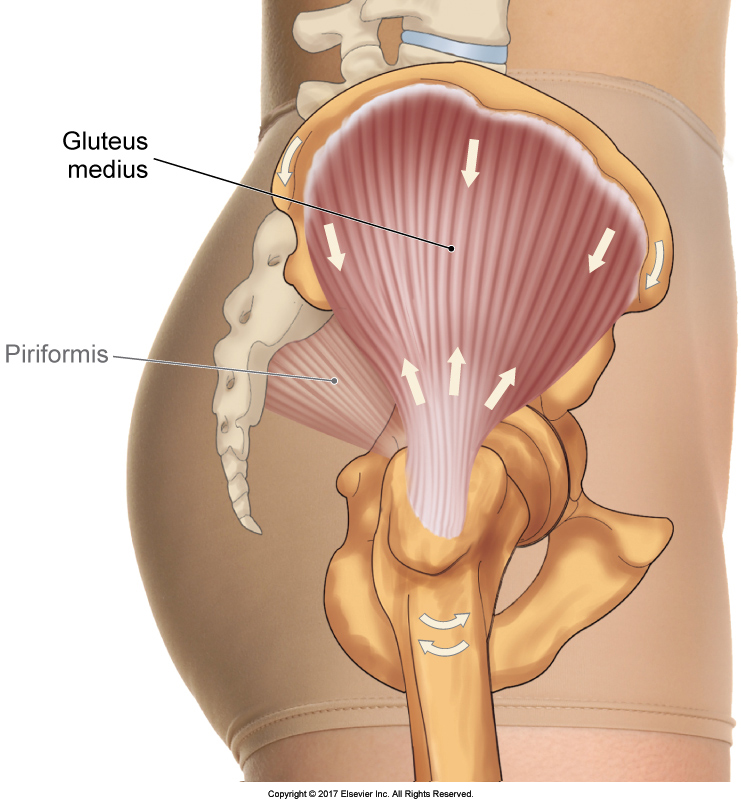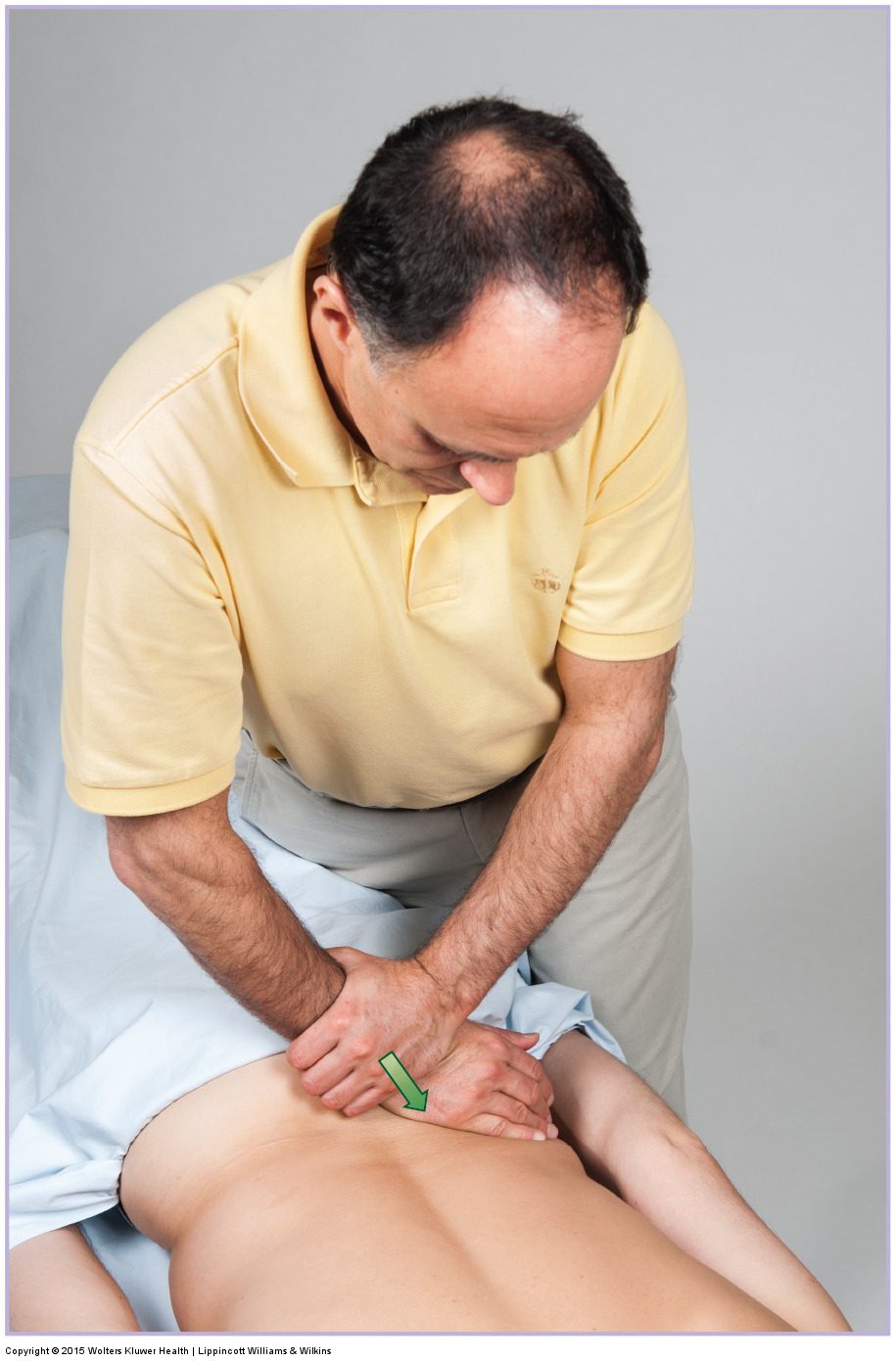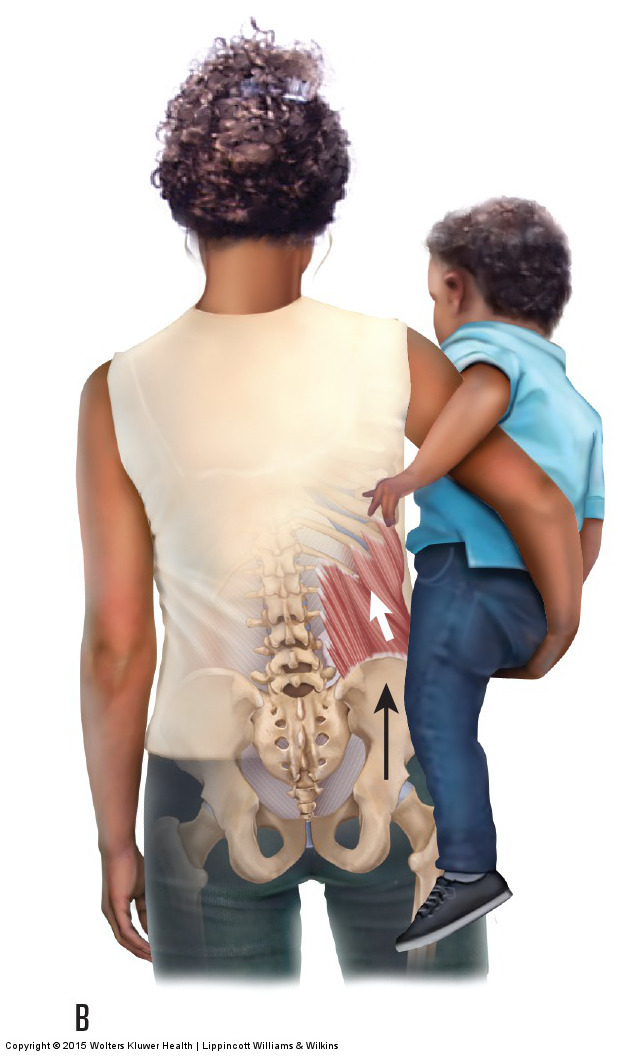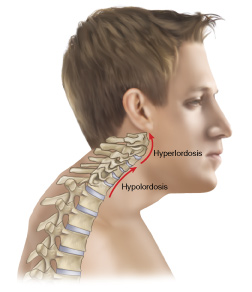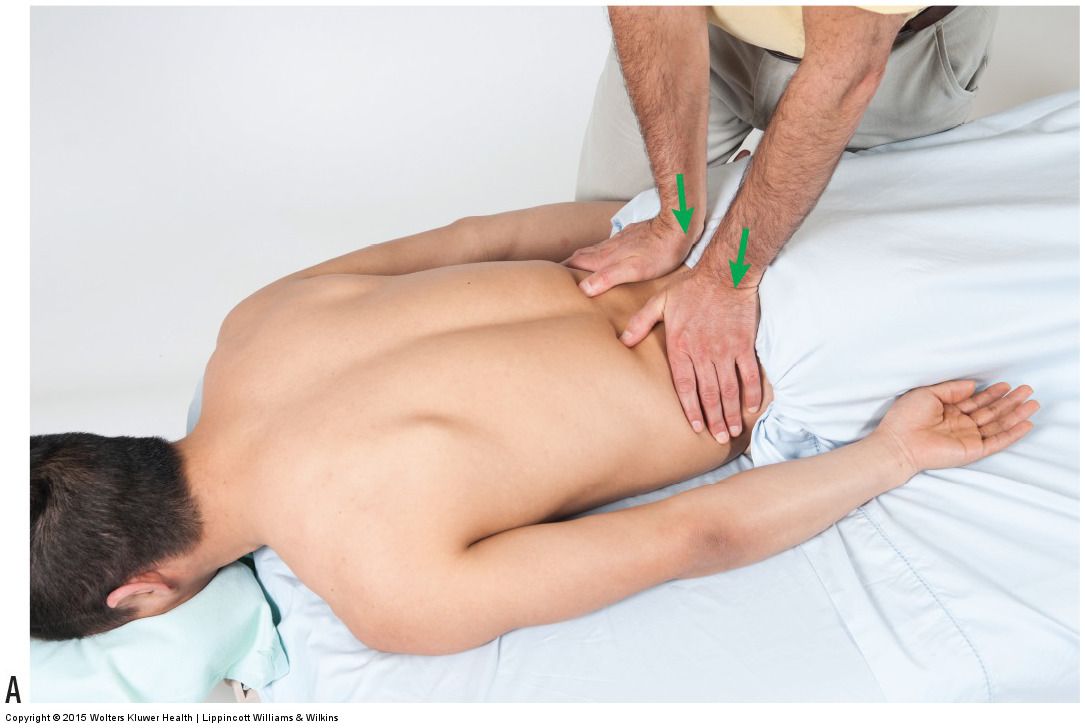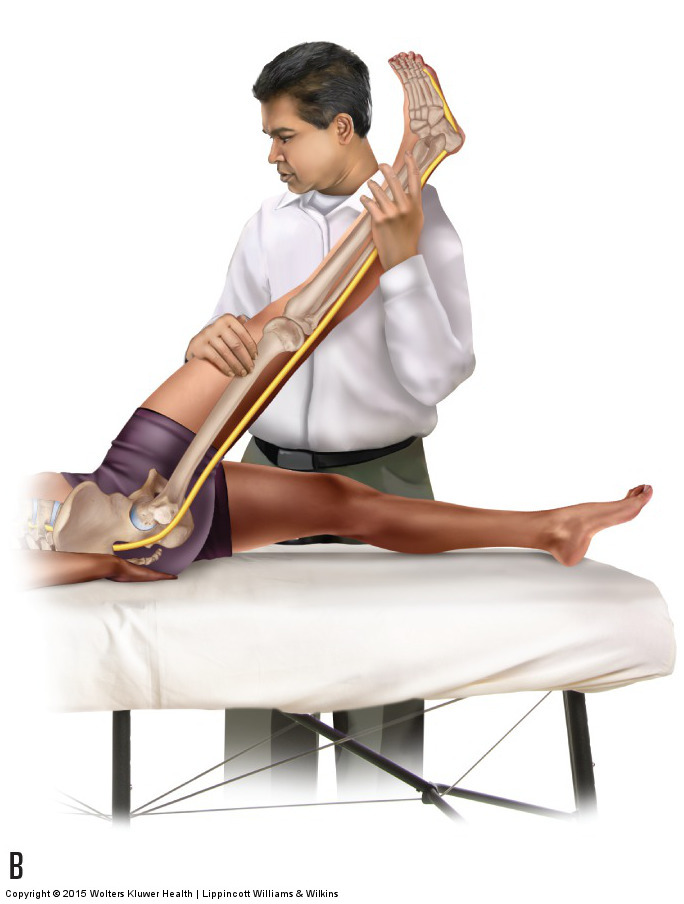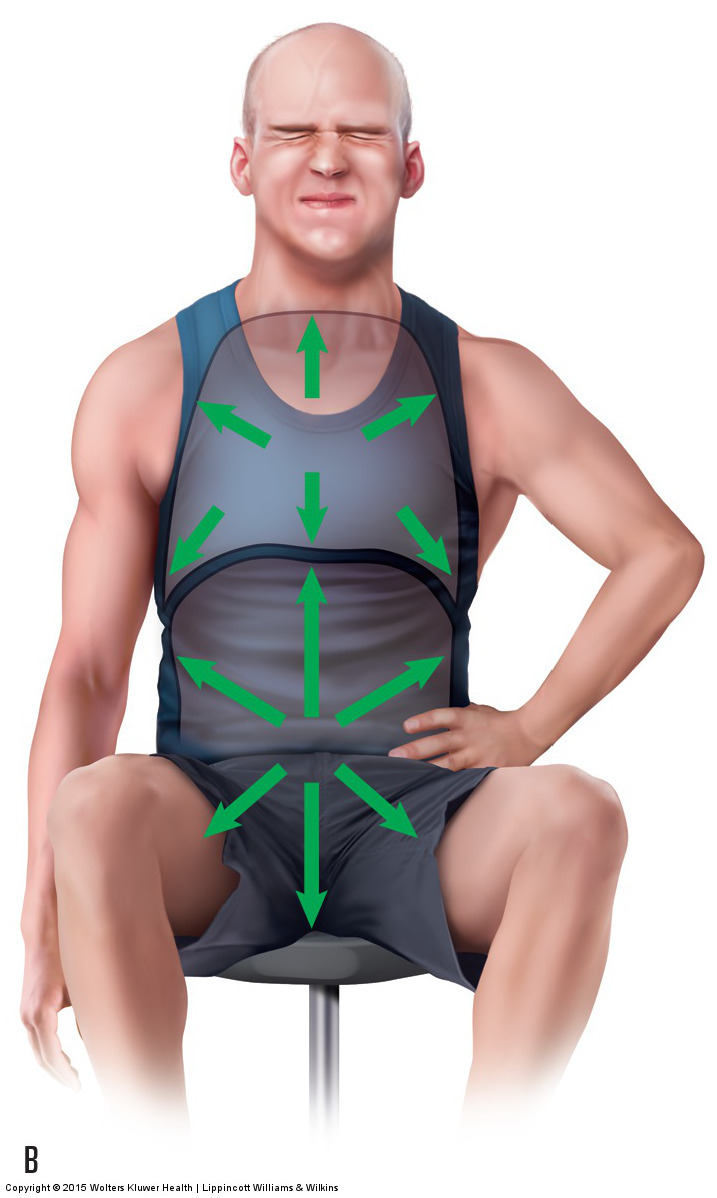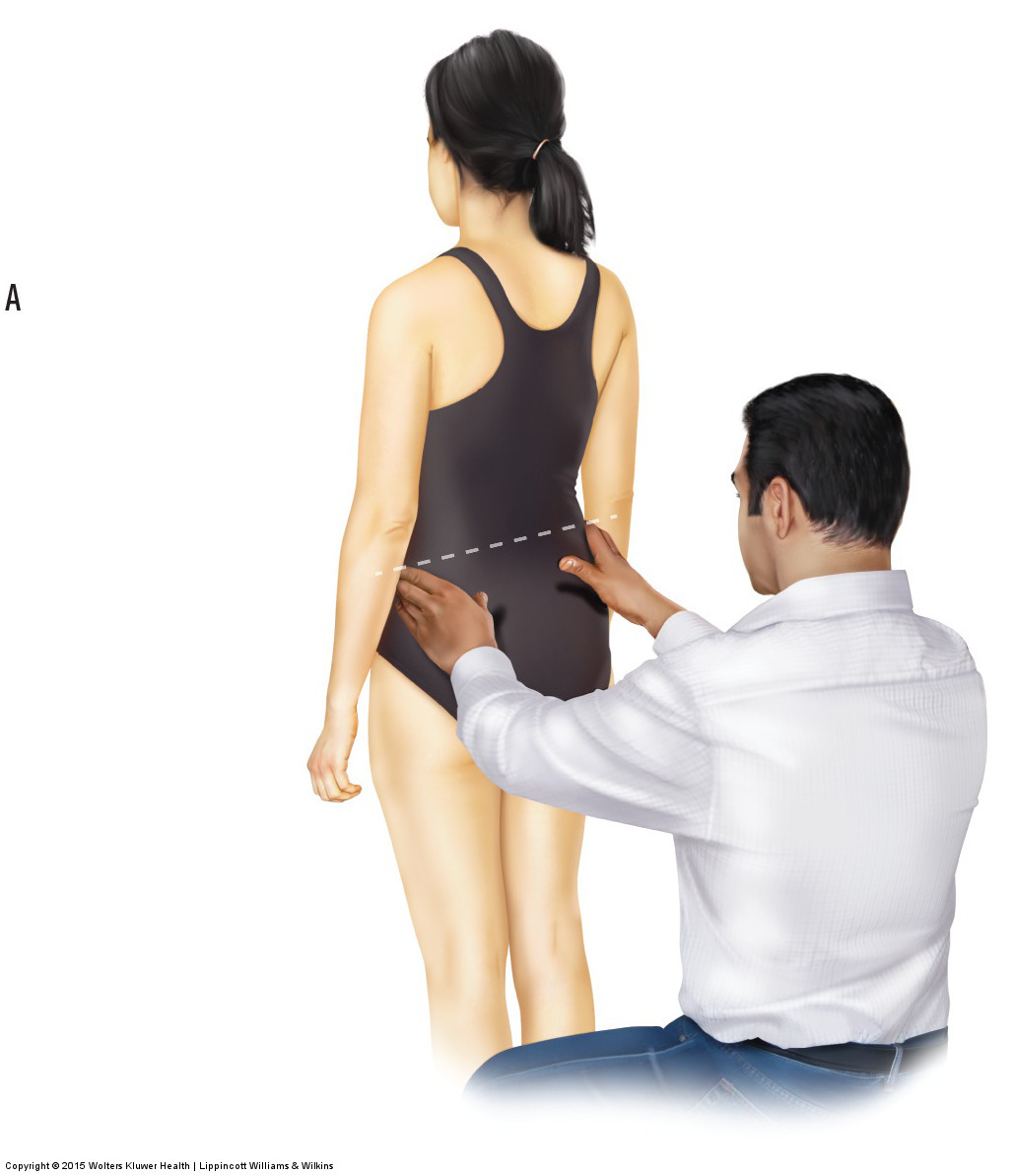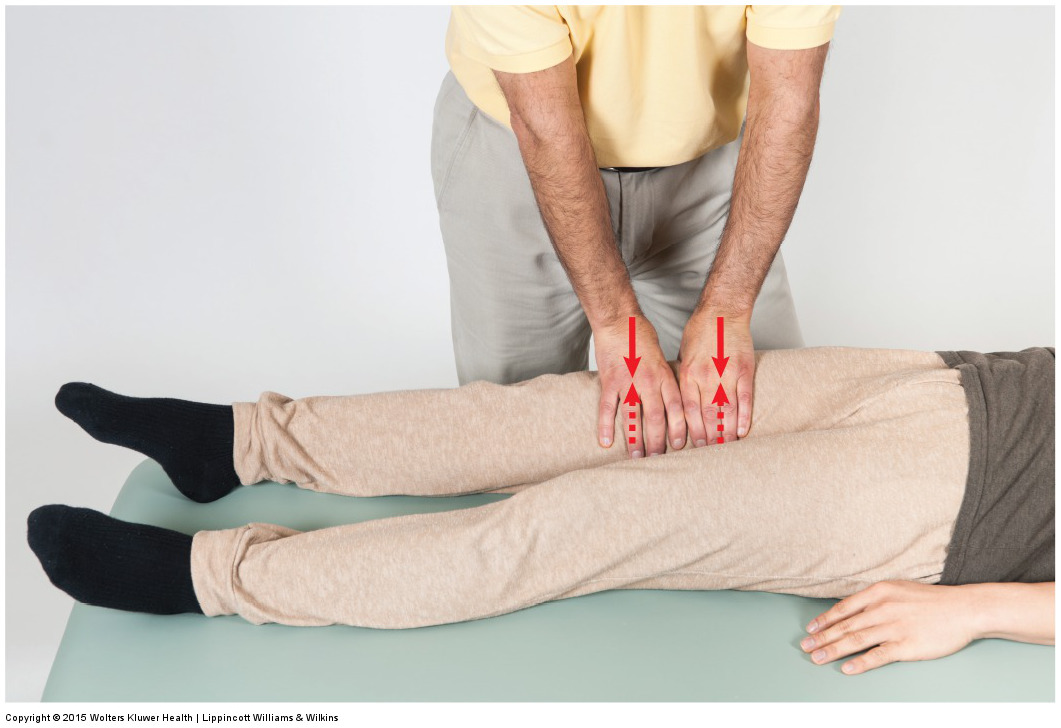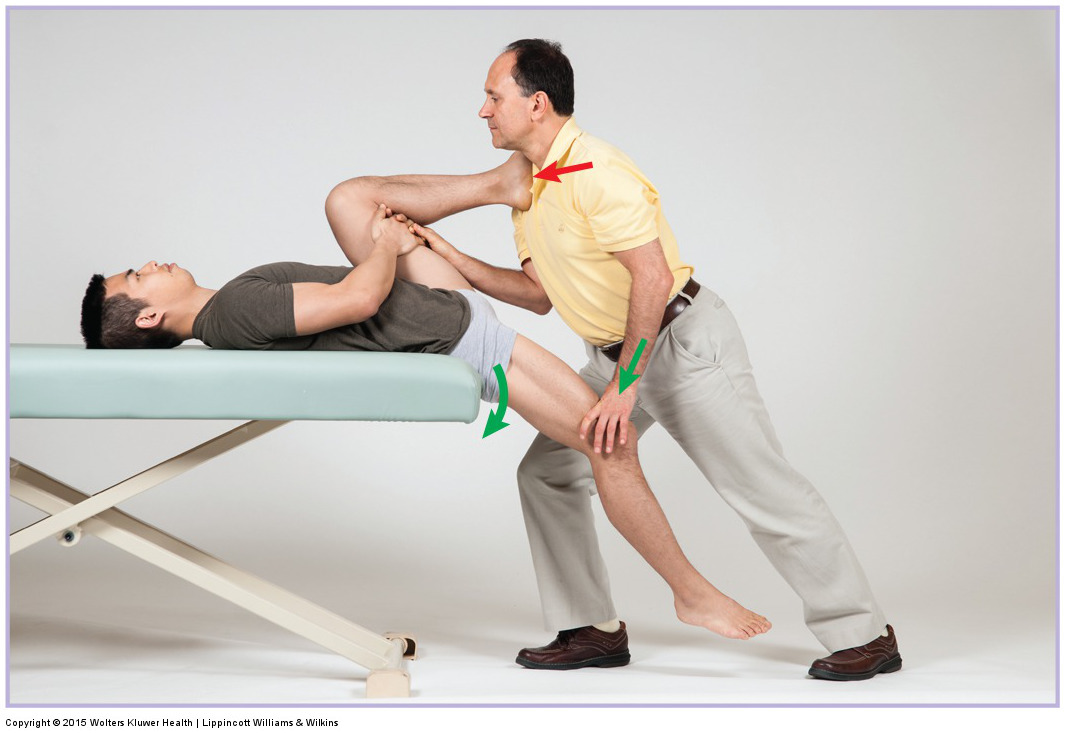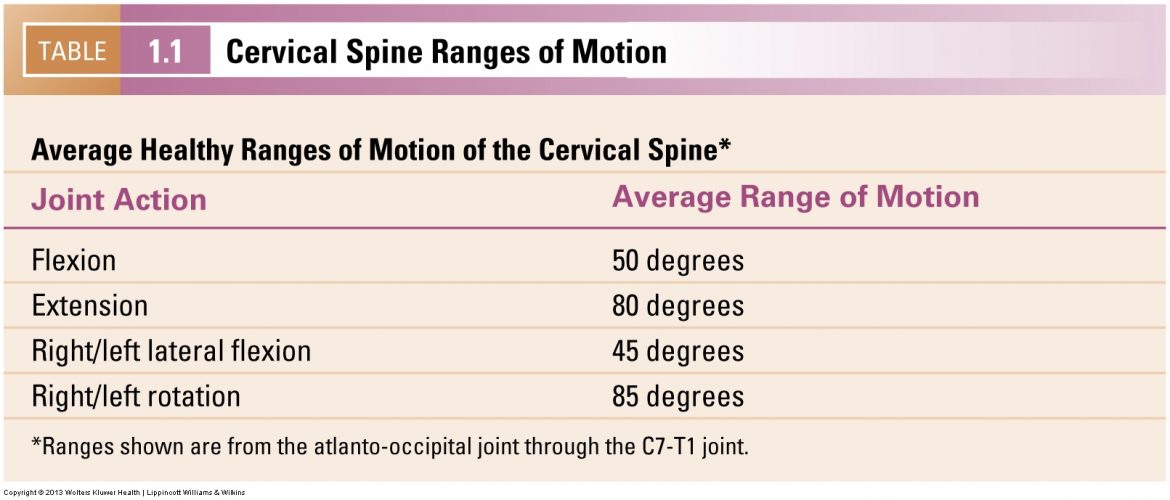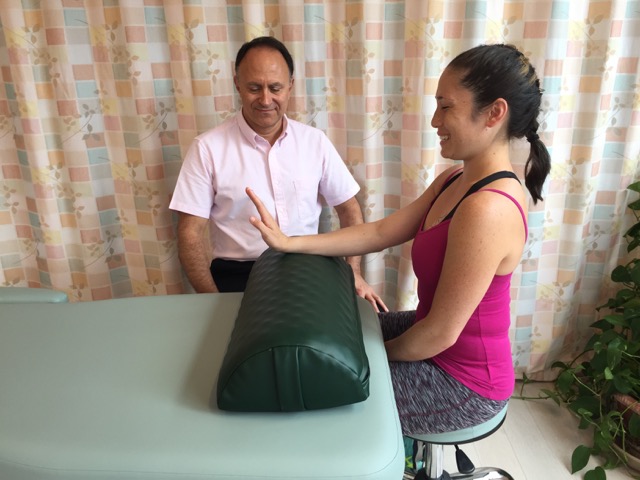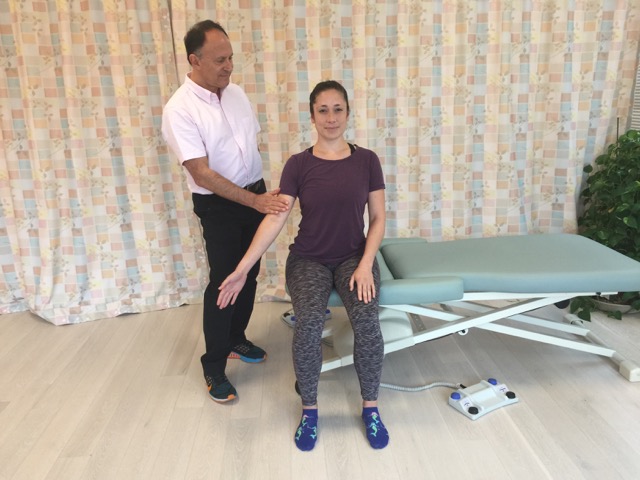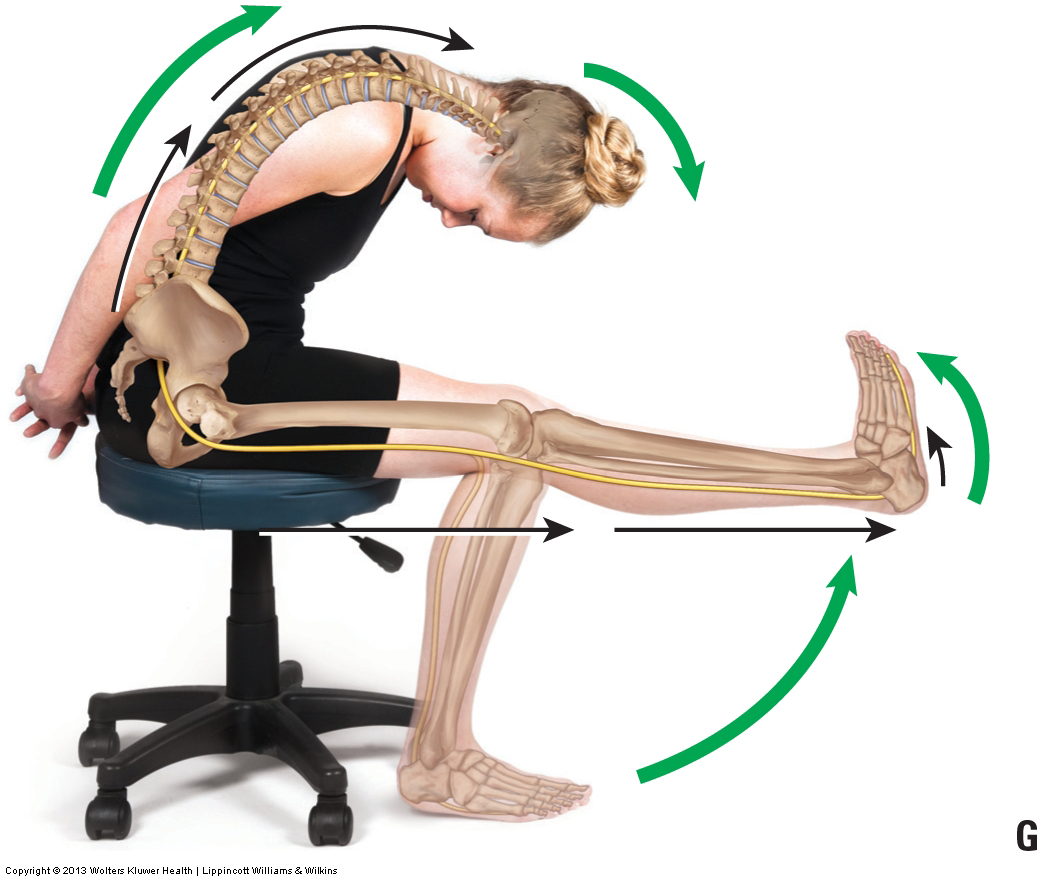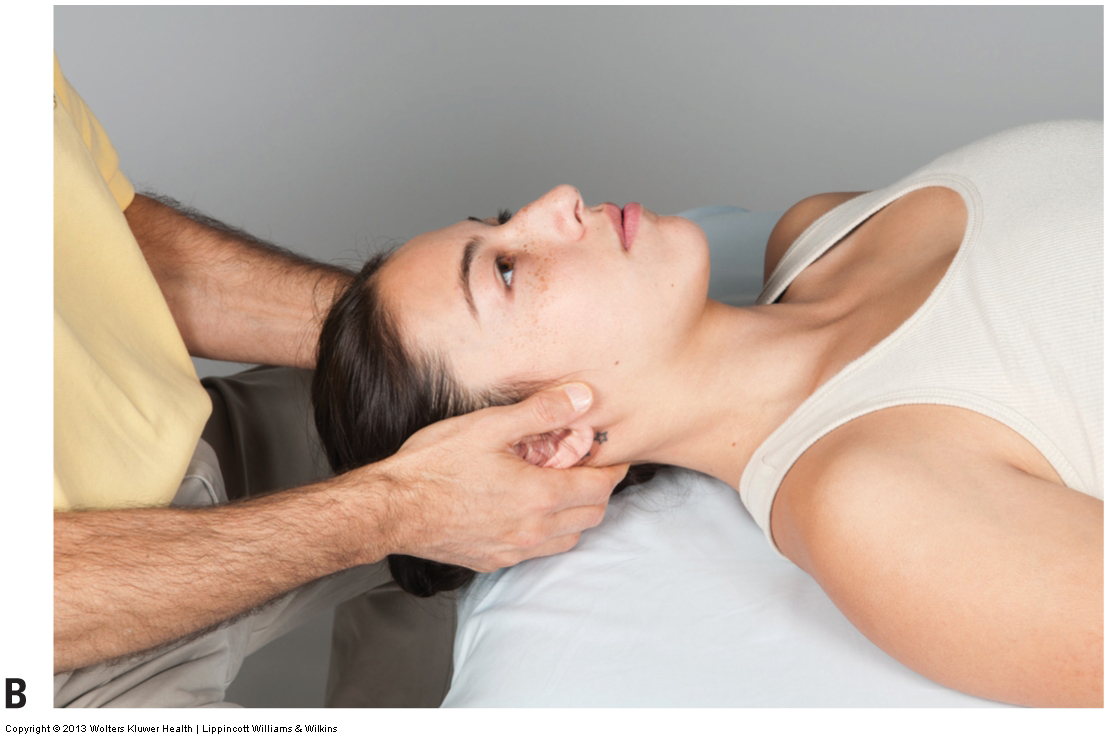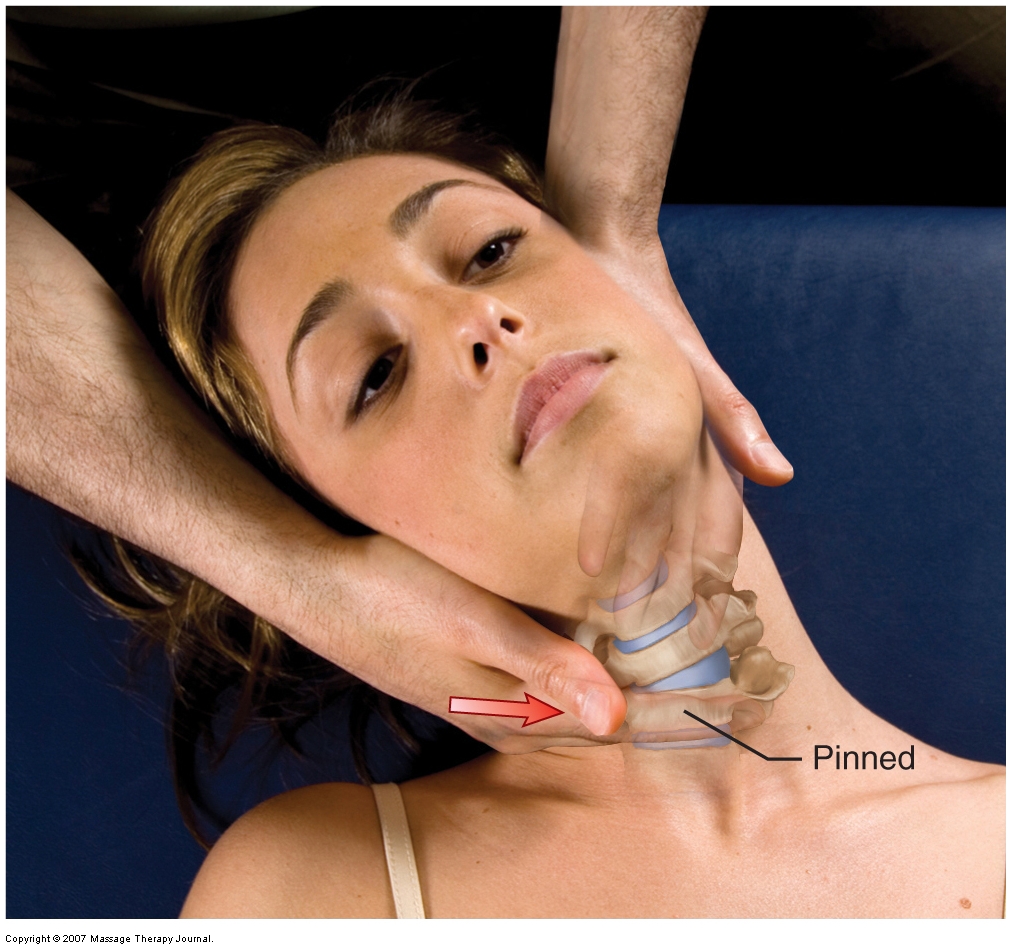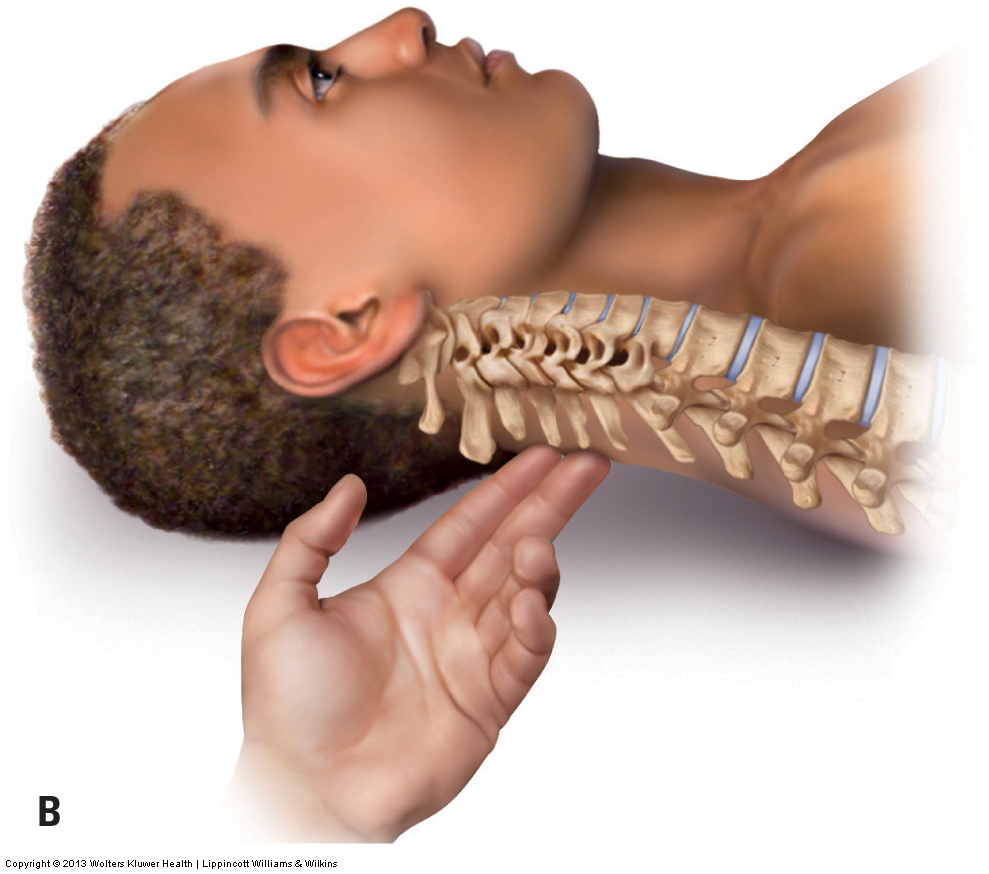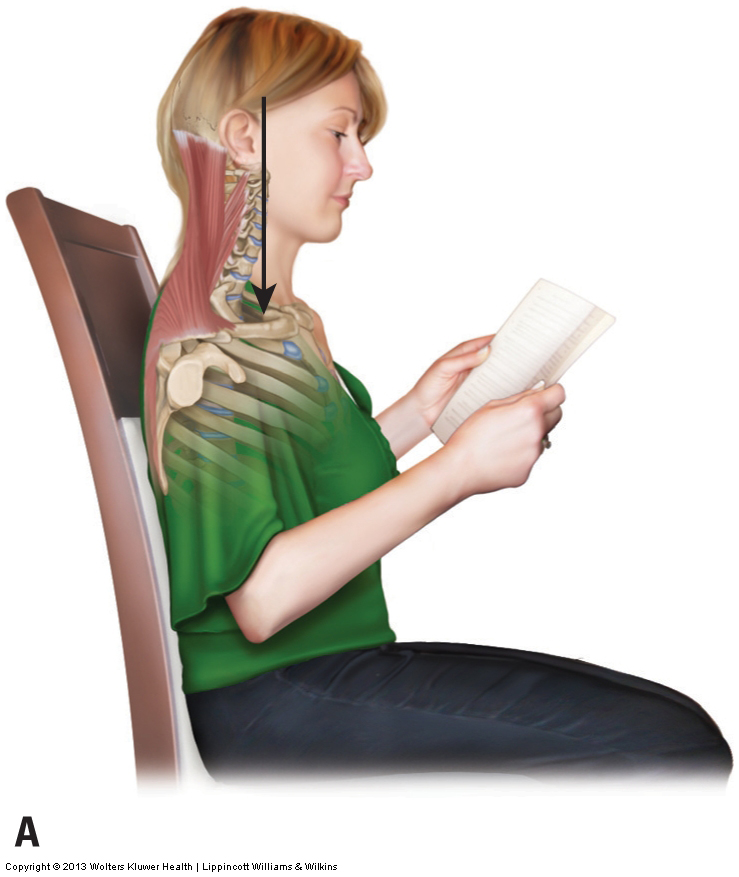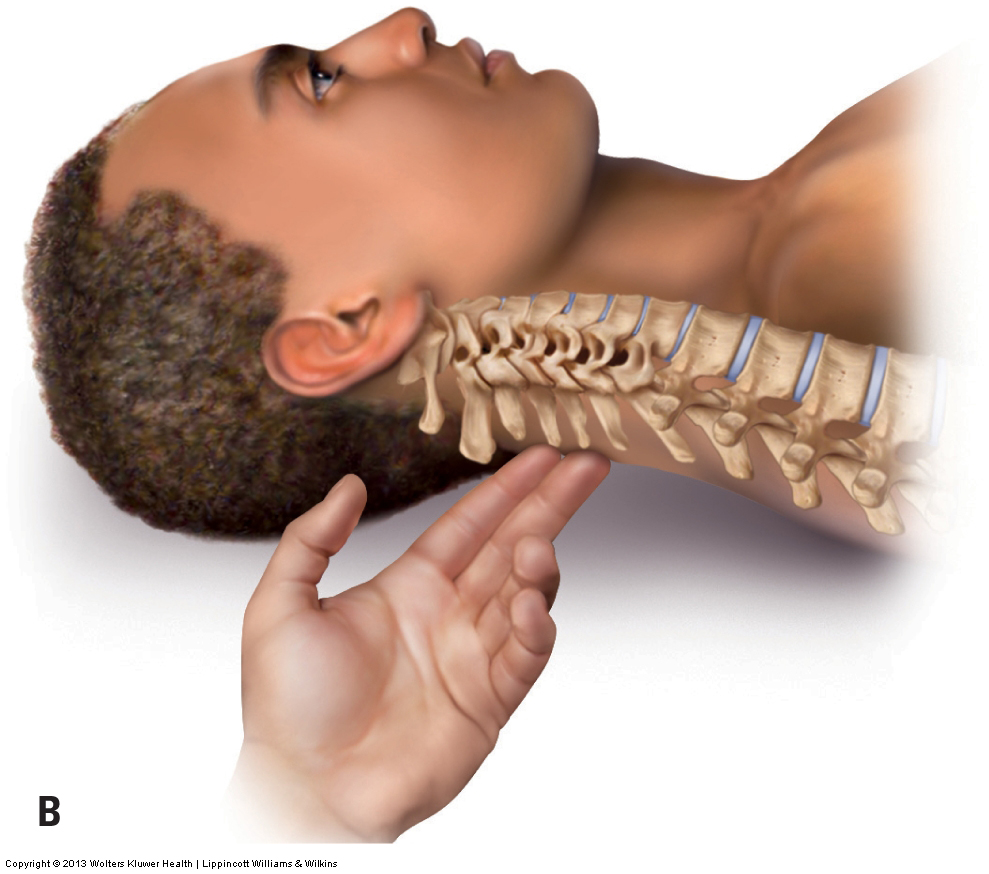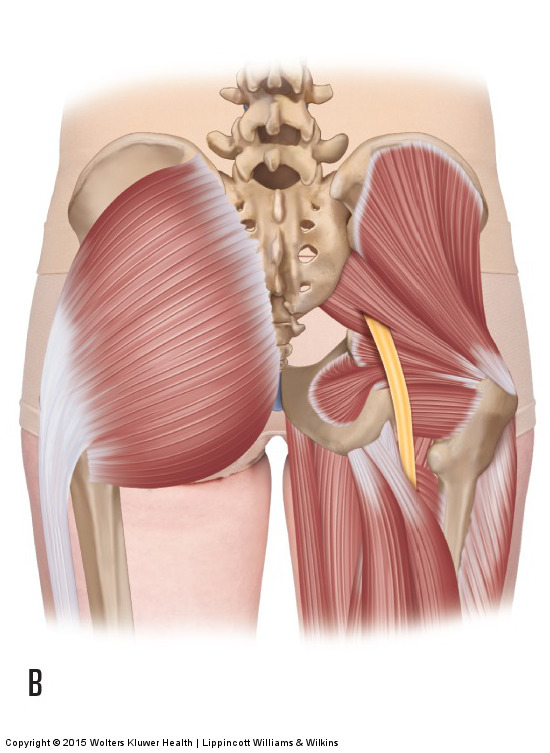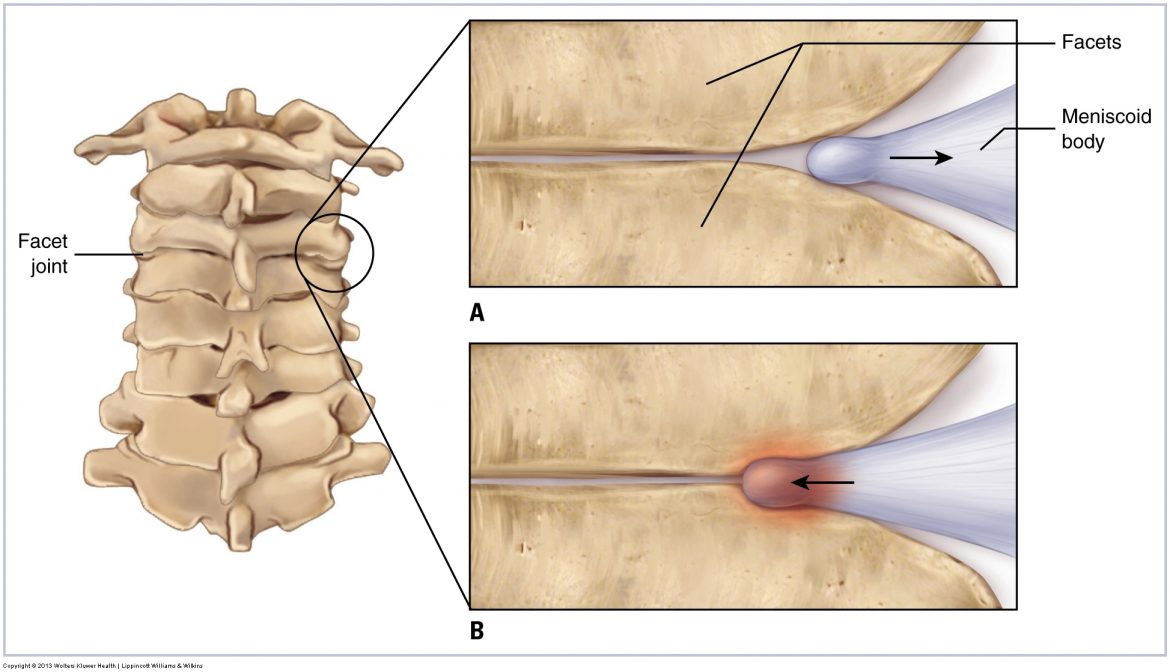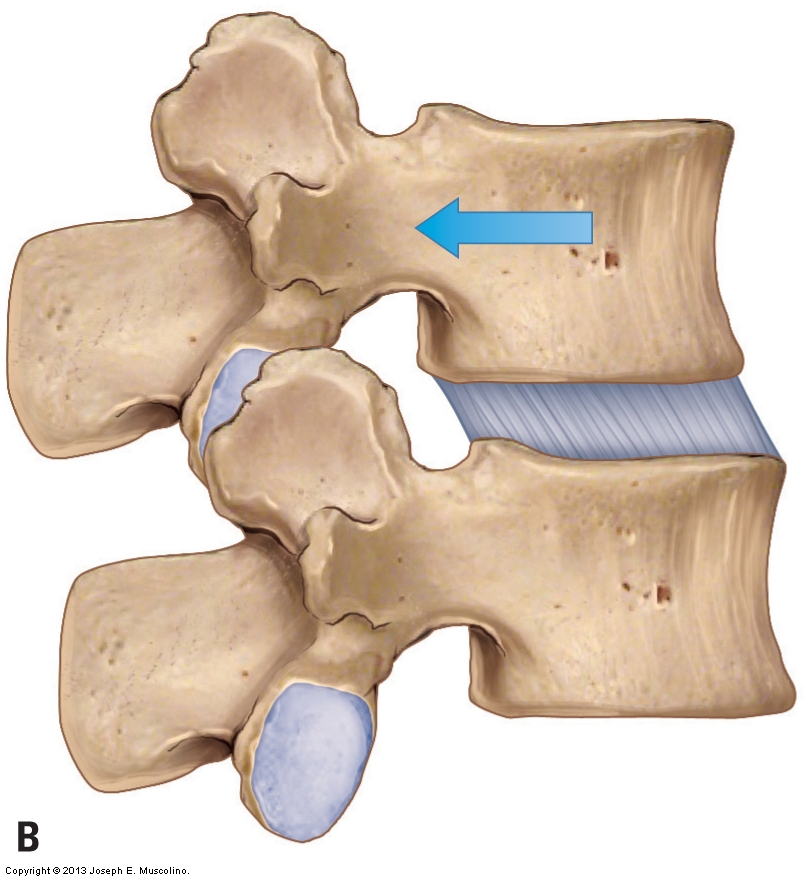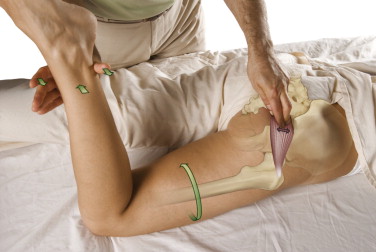The first and most obvious sign of upper crossed syndrome (named by Vladimir Janda) is the characteristic postural dysfunction of protracted scapulae, medially (internally) rotated humeri, hyperkyphotic (overly flexed) upper thoracic spine, and a protracted (anteriorly held) head.
How do we assess (diagnose) a client with sciatica?
Successful assessment/diagnosis of sciatica depends upon successfully assessing the underlying cause of the sciatic nerve compression.
Clinical Tests for Gluteal Tendinopathy in Patients with Lateral Hip Pain
Patients with lateral hip pain on Single Leg Stance and who are not palpably tender over the greater trochanter are unlikely to have gluteal tendinopathy.
How we assess (diagnose) sacroiliac joint dysfunction?
Assessment of sacroiliac joint dysfunction is done by motion palpation, in which the joint is challenged to move while the motion of the joint is assessed.
What are the signs and symptoms of sacroiliac joint dysfunction?
Because of the tendency of one sacroiliac joint (SIJ) to compensate for the other when motion is dysfunctional, typically both SIJs become dysfunctional.
Signs, Symptoms, and Assessment (Diagnosis) Slumped Spinal Posture
Slumped spinal posture is characterized by slumped postural dysfunction from the pelvis to the head. Assessment is made upon static postural examination.
Nachlas and Yeoman’s Special Orthopedic AssessmentTests
This blog post article is part of a series of articles on assessment of the low back and pelvis. Scroll to the end of this article to see the others in this series. Nachlas and Yeoman’s Tests Nachlas’ test and …
How do we assess (diagnose) whiplash?
Assessing a whiplash injury from another condition of the neck is straightforward because a whiplash by definition follows a macrotrauma of the neck,
Sacroiliac Joint Medley of Orthopedic Assessment Tests
The sacroiliac joint (SIJ) medley of tests is a series of five assessment tests to determine if the SIJ is the causative agent of the client’s pain.
Straight Leg Raise Tests for a Space-Occupying Lesion
Both active straight leg raise and passive straight leg raise tests are designed to tension the sciatic nerve to assess a space-occupying lesion.
Cough Test and Valsalva Maneuver Orthopedic Assessment Tests
Cough test and Valsalva maneuver are designed to increase intrathecal pressure, or pressure on the spinal nerves in the intervertebral foraminal spaces.
Overview of Orthopedic Assessment Tests for the Low Back and Pelvis
Orthopedic assessment testing works by what could be called “stress and assess”. The test adds a physical stress and we assess the client’s response.
Muscle and Bone Palpation of the Low Back and Pelvis
No assessment procedure is more important to the manual therapist than bone and muscle (myofascial) palpation.
Range of Motion Assessment (& Manual Resistance) – Low Back & Pelvis
This blog post article is part of a series of articles on assessment of the low back and pelvis. Scroll to the end of this article to see the others in this series. Range of Motion Range of motion (ROM) …
Introduction to Physical Examination Assessment of the Low Back and Pelvis
If the test creates signs/symptoms, but not the signs/symptoms of the condition for which the test is designed, then the test is considered to be negative.
Health History as part of the Physical Exam Process
Think of the health history as a written and verbal conversation between the therapist and the client about the client’s health.
Introduction to Assessment of the Low Back and Pelvis
Treatment should never be administered without a diagnosis. In the world of manual therapy, treatment should only be performed if an assessment is made.
How do we assess (diagnose) wrist sprains, strains, and tendinitis?
Assessment/diagnosis of wrist strain, sprain, and tendinitis is done using active and passive range of motion (ROM) as well as manual resistance (MR).
What are the signs and symptoms of and how do we assess (diagnose) rotator cuff pathology?
Signs and symptoms of rotator cuff pathology include pain, joint crepitus, weakness, and decreased range of motion when moving the shoulder (glenohumeral) joint.
Special Orthopedic Assessment Tests – Space Occupying Conditions – Slump Test
The slump test places tension on the spinal cord and PNS. It assesses a space occupying condition of the cervical and lumbar spine, as well as TOS.
Special Orthopedic Assessment Tests for the Neck – Space Occupying Conditions
The term “space occupying condition” is used to describe a condition in which there is compression on a spinal nerve in the intervertebral foramen.
Motion Palpation (Joint Play) Assessment of the Neck
Motion palpation is a specific form of passive (pin and stretch technique) assessment that challenges the intrinsic fascial tissue of the joint.
Palpation Assessment of the Neck
Perhaps no assessment procedure is more important to the manual therapist and integral to musculoskeletal (myofascioskeletal) assessment than palpation.
Verbal and Written Health History
The health history should be done before the physical assessment exam because it helps reveal the regions that need to be assessed during the physical exam.
Introduction to Assessment/Diagnosis of the Neck
Before treatment can be given, it is necessary to have a clear understanding of the mechanism behind the musculoskeletal pathologic condition.
Signs, symptoms, and assessment (diagnosis) of piriformis syndrome
Piriformis syndrome causes compression upon the sciatic nerve; therefore it causes symptoms of sciatica, similar to sciatic nerve entrapment at the spine.
Joint Dysfunction of the Cervical Spine
A joint functions to allow motion, so two forms of joint dysfunction exist: Hypomobile joint has restricted motion; Hypermobile joint has excessive motion.
Motions of the Cervical Spine
Table 1 shows average healthy ranges of axial motion of the cervical spine (head and neck), from the atlanto-occipital joint through the C7-T1 joint.
Manual Therapy Certification for Massage Therapists
There are two major reasons why a massage therapist should consider working toward and earning a Continuing Education Certificate in Manual Therapy.
How do we assess a pathologic disc?
For a pathologic disc of the lumbar spine, the principle assessment test is straight leg raise (SLR). This can be performed actively or passively.
- Page 1 of 2
- 1
- 2

